-
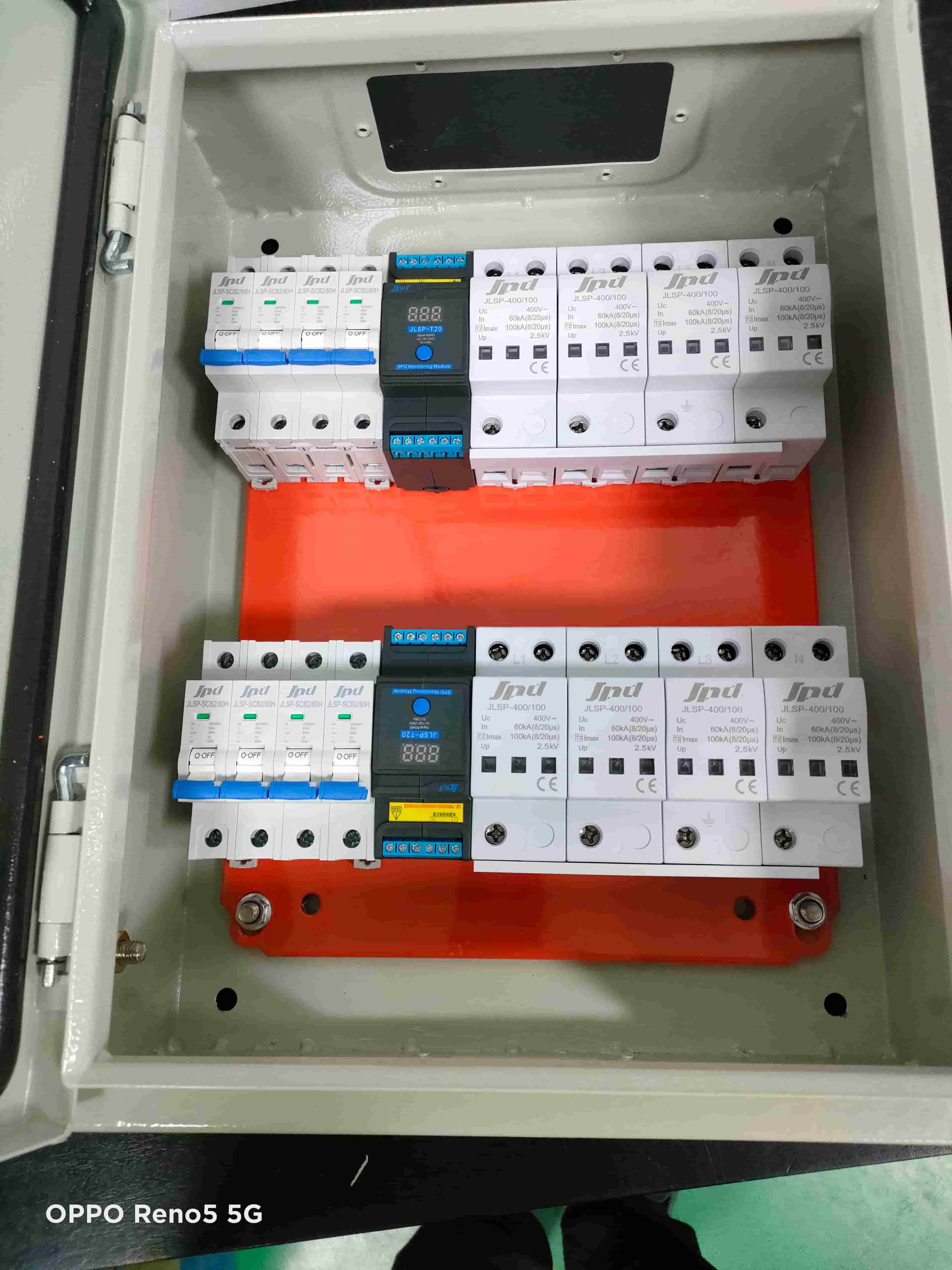 How is the voltage distributed when GDT and MOV are used in series?
Jun 25 , 2025
How is the voltage distributed when GDT and MOV are used in series?
Jun 25 , 2025
Without lightning surge voltage, that is, under normal power frequency voltage, the voltage distribution of MOV (metal oxide varistor) and GDT (ceramic gas discharge tube) is mainly affected by their electrical characteristics. 1. GDT (Ceramic Gas Discharge Tube): GDT has extremely high parallel impedance (about 1TΩ) and extremely small parallel capacitance (below 1pF) unde...
Read More
-
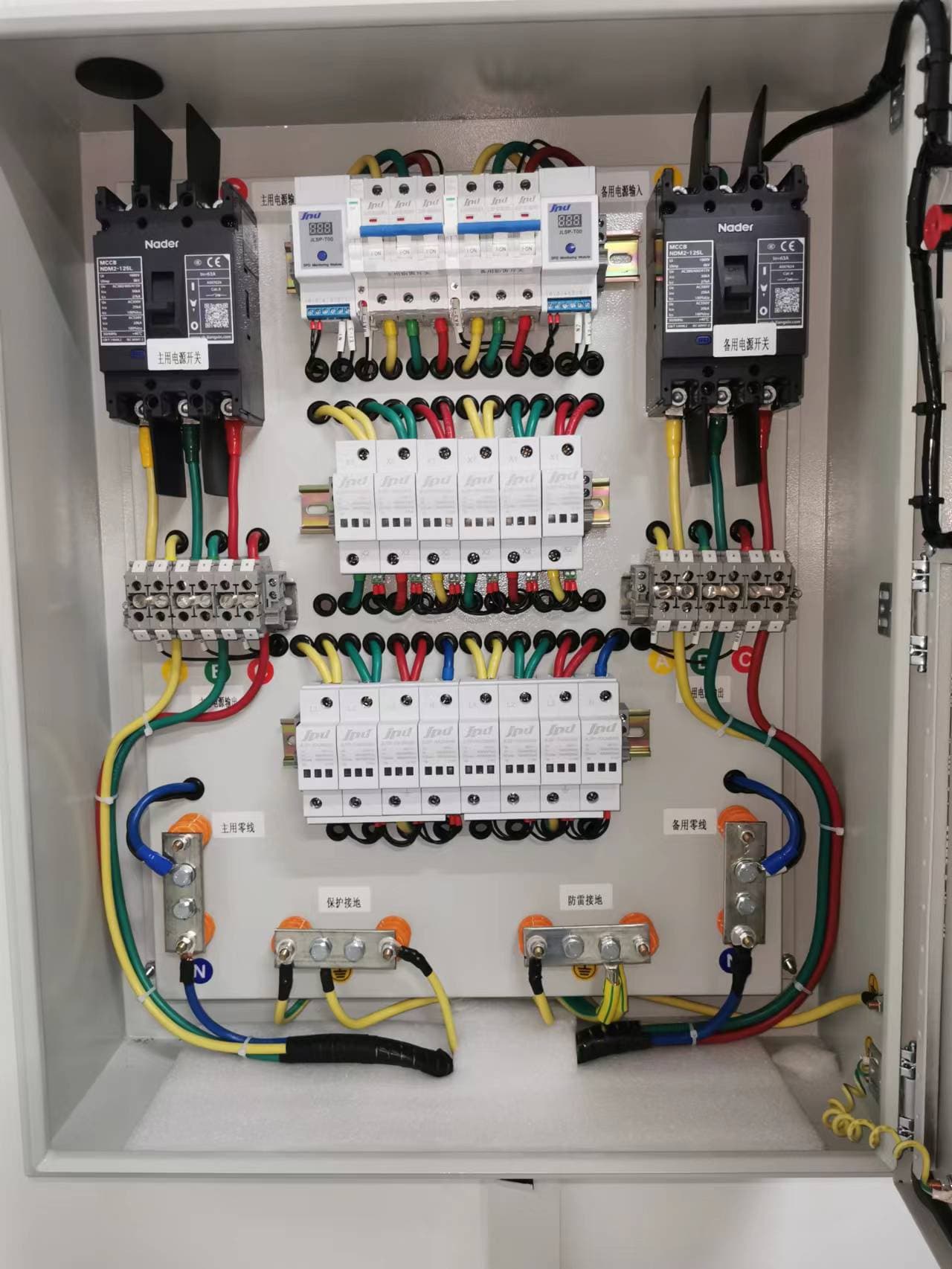 What are the main standards for surge protection device?
Jul 03 , 2025
What are the main standards for surge protection device?
Jul 03 , 2025
1. Main standards for lightning protection application design IEC 62305-1:2010/GB/T 21714.1-2015 《Protection against lightning-Part 1: General principles》 IEC 62305-2:2010/GB/T 21714.2-2015 《Protection against lightning-Part 2: Risk management》 IEC 62305-3:2010/GB/T 21714.3-2015《Protection against lightning-Part 3: Physical damage to structures and life hazard》 ...
Read More
-
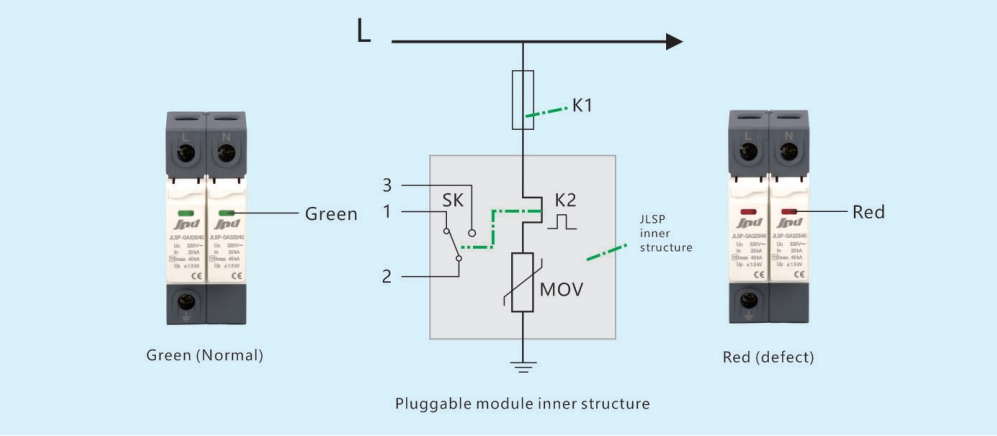 How to Tell If a Surge Protection Device Is Bad
Jul 17 , 2025
How to Tell If a Surge Protection Device Is Bad
Jul 17 , 2025
Surge protection devices (SPDs) are essential for safeguarding your electronics from voltage spikes caused by lightning strikes, power outages, or electrical faults. However, like any other device, SPDs can wear out or fail over time. If your surge protector stops working effectively, your expensive equipment could be at risk. Here’s how to tell if your surge protection device is bad a...
Read More
-
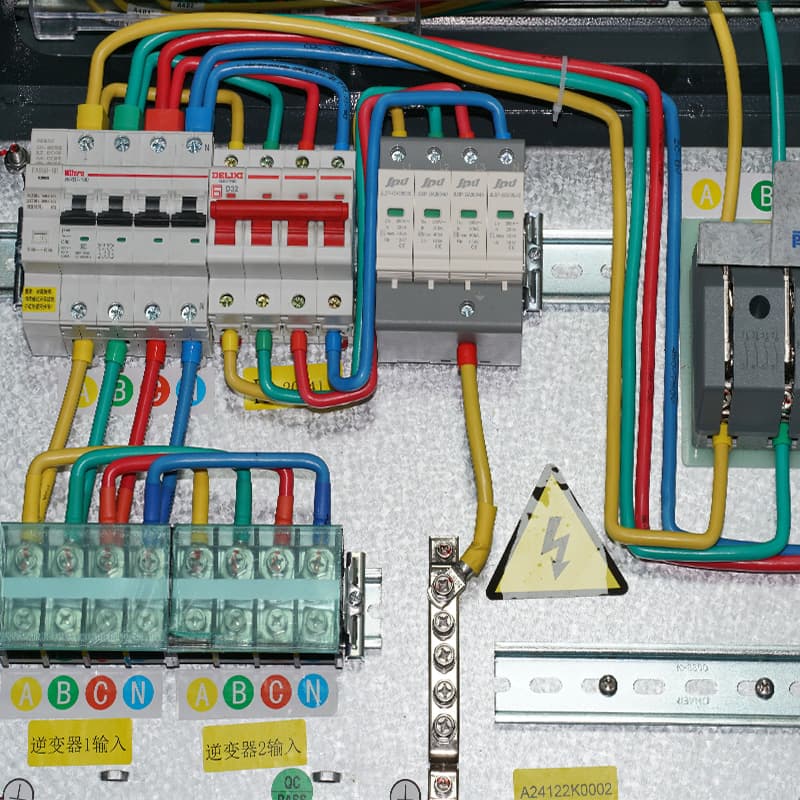 Benefits of Lightning Protection Systems
Aug 13 , 2025
Benefits of Lightning Protection Systems
Aug 13 , 2025
Lightning is a powerful natural phenomenon that can cause significant damage to buildings, infrastructure, and even human lives. Installing a lightning protection system (LPS) is a crucial safety measure to mitigate these risks. Here are the key benefits of having an LPS in place: 1. Protection of Life and Safety The primary purpose of a lightning protection system is to safeguard people inside a ...
Read More
-
 Selection of Uc, Up,Iimp and In for Surge Protective Devices (SPDs)
Aug 20 , 2025
Selection of Uc, Up,Iimp and In for Surge Protective Devices (SPDs)
Aug 20 , 2025
Selection of Maximum Continuous Operating Voltage Uc and Voltage Protection Level Up for Surge Protective Devices (SPDs) According to the requirements of national standards GB 50343-2012 and GB/T 18802.12-2024, the principle of rated impulse withstand voltage Uw * 0.8>SPD voltage protection level Up should be followed before the wire enters the system. If Uc is chosen to...
Read More
-
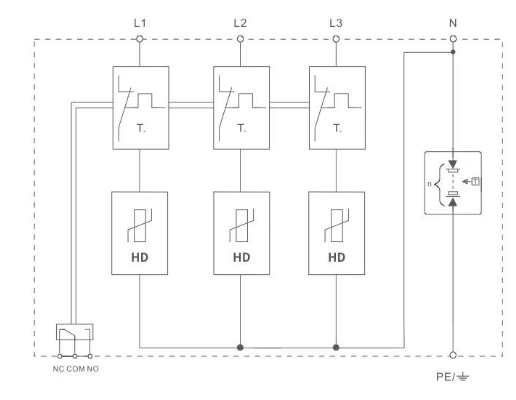 What is the basic principle of the surge protection device remote signal terminal and how does it achieve communication?
Aug 28 , 2025
What is the basic principle of the surge protection device remote signal terminal and how does it achieve communication?
Aug 28 , 2025
The remote signal terminal of the surge protection device is the key interface for remote monitoring of the SPD status. Its core function is to convert the SPD operating status (such as normal, faulty, tripped, etc.) into a transmittable electrical signal and transmit it to the remote monitoring system (such as the distribution automation system, computer room monitoring system, etc.),...
Read More
-
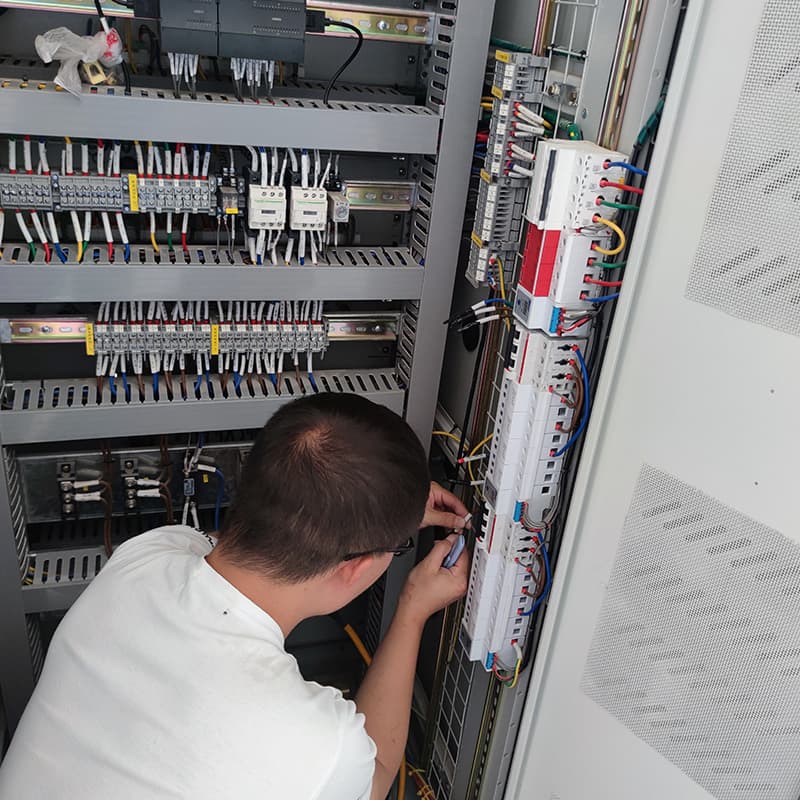 What are the main reasons that affect the tripping of surge protection device?
Sep 04 , 2025
What are the main reasons that affect the tripping of surge protection device?
Sep 04 , 2025
The tripping of a surge protective device (SPD) is a response to a fault condition by its built-in safety mechanism. Essentially, it disconnects the device from the circuit through mechanical or electronic means to prevent the fault from escalating. Its tripping behavior is directly related to the characteristics of the SPD's core components, surge parameters, system operating conditions, and envi...
Read More
-
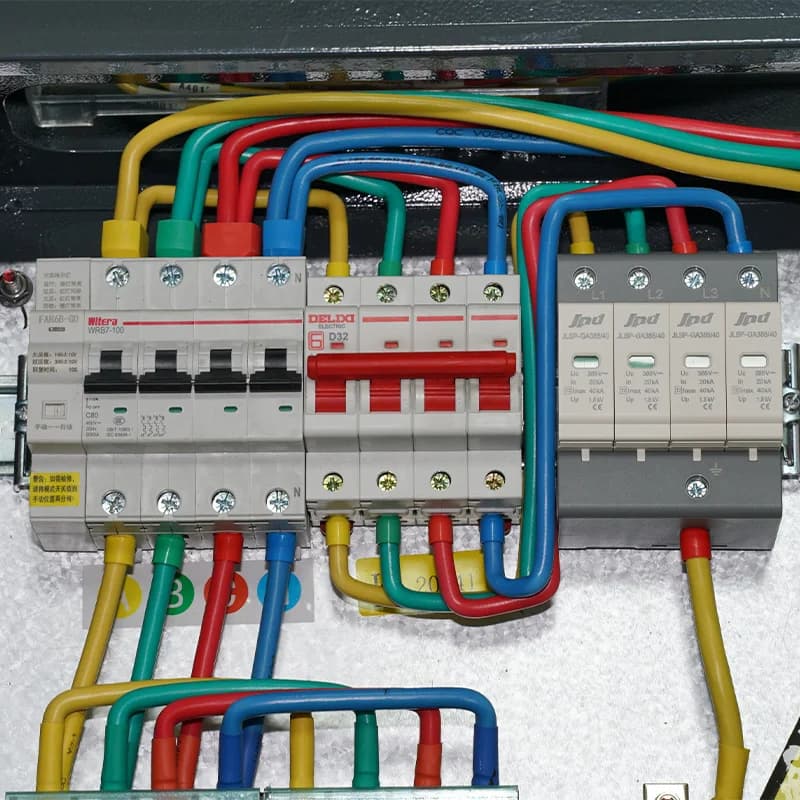 What is the difference between ROHS and REACHR certification?
Sep 09 , 2025
What is the difference between ROHS and REACHR certification?
Sep 09 , 2025
Some customers require Rohs and Reach certification for surge protection devices, let’s talk about ROHS and REACH this time.Both ROHS and REACH are important EU environmental regulations, but their scope of application, control objectives, and specific requirements differ significantly. The core differences are as follows: 1. Full name and core purpose of the regulation ·ROHS:The full name is...
Read More
 How is the voltage distributed when GDT and MOV are used in series?
Jun 25 , 2025
How is the voltage distributed when GDT and MOV are used in series?
Jun 25 , 2025
 What are the main standards for surge protection device?
Jul 03 , 2025
What are the main standards for surge protection device?
Jul 03 , 2025
 How to Tell If a Surge Protection Device Is Bad
Jul 17 , 2025
How to Tell If a Surge Protection Device Is Bad
Jul 17 , 2025
 Benefits of Lightning Protection Systems
Aug 13 , 2025
Benefits of Lightning Protection Systems
Aug 13 , 2025
 Selection of Uc, Up,Iimp and In for Surge Protective Devices (SPDs)
Aug 20 , 2025
Selection of Uc, Up,Iimp and In for Surge Protective Devices (SPDs)
Aug 20 , 2025
 What is the basic principle of the surge protection device remote signal terminal and how does it achieve communication?
Aug 28 , 2025
What is the basic principle of the surge protection device remote signal terminal and how does it achieve communication?
Aug 28 , 2025
 What are the main reasons that affect the tripping of surge protection device?
Sep 04 , 2025
What are the main reasons that affect the tripping of surge protection device?
Sep 04 , 2025
 What is the difference between ROHS and REACHR certification?
Sep 09 , 2025
What is the difference between ROHS and REACHR certification?
Sep 09 , 2025